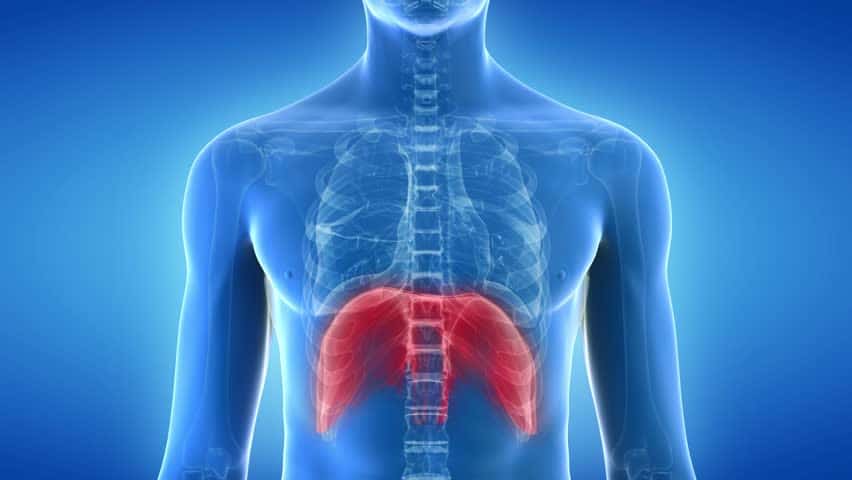Creating Space for the Heart

When it comes to health, the heart is the most important muscle/organ. Each heartbeat sends blood that is rich in oxygen and nutrients to every cell in the body. It is when this specialized tissue ceases to function that the physical body dies. It is worth understanding how to keep the heart healthy lifelong in order to allow it to function optimally, so as to provide the best opportunity for each cell in the body to function with ease.

The heart sits right behind the breastbone, positioned slightly to the left. It has four chambers with valves to ensure blood flows in a specific direction. Leaving the heart is the body’s largest artery, the aorta. From here, blood travels to the cells through a complex system of vessels; arteries, veins and capillaries. Arteries take oxygen rich blood to the cells, and branch into smaller vessels called capillaries to allow absorption of nutrients into cells. Then, the capillaries take the waste from the cell and move it into the veins to transport back to the lungs for waste removal, before travelling back to the heart.
The heart needs optimal protection, and the ribcage is designed for this purpose. This cage isn’t a hard container, but rather a flexible grouping of ribs that has flexibility due to the space between each of the 12 sets. This allows the ribcage to expand and contract as we breathe, to rotate, compress and decompress as we perform movement. It is the space between the ribs that is the key to its strength. This allows the body to absorb and displace force, unlike a solid container that has a greater potential to break.

It truly is the space that is the key for maintaining health. The diaphragm -- the muscle that is the foundation of the ribcage, when strong, provides a stable floor for everything above to reside. However, if weak, then the weight of everything above comes crashing down, causing a collapse of the cage and its contents into the abdominal cavity, thereby altering its alignment. This causes the heart and lungs to become squished.
Think of a box filled with eggs -- just enough that they fit perfectly in the box and are intact. Now imagine sitting on the box. Many, if not all the eggs will crack, causing their contents to leak out of the shell. Now imagine the ribcage being perfectly aligned so the heart and lungs have the space they need to function, but then having the floor collapse, causing the weight of everything above to compress and shift. Although the heart and lungs don’t have a shell that will crack, this soft tissue will become affected, causing a compression and ballooning of tissue.
This scenario will create tension for the heart. Think of how you would feel in a straitjacket. You may still be able to move parts of your body, but the binding will cause anxiety and compensation to your function. This will be true for the heart that resides in a ribcage that is out of alignment. Also, as proper alignment is crucial for the valves to open and close properly, their function may be compromised– a common issue in the heart. The aorta, the main roadway for the blood to leave, will also be compressed, forcing the heart to work harder to get the same volume of blood sent out to the body. This compression is a major reason why hyper-tension and other issues with heart function are so prevalent.
The great news is that there is a solution for this, and it is one that you have control over. By understanding how to decompress your fascia, create a strong foundation for the ribcage and use your breath to keep the fascia heated to an optimal temperature to promote flow, you can release the pressure and create more space for the heart to improve its overall function.
We have a Sampler Program that allows you to experience the benefits of fascia decompression, as well as support your ribcage through proper breathing. This is done using a rolled-up towel. We would love to offer this program to you as a gift so that you can take the first steps to creating space in your ribcage.
It doesn’t take much to create change -- if you struggle with heart issues or have this in your family, take control now.
Breathe & Believe,
Deanna
Follow us on our social channels below to learn more about Block Therapy and see some amazing transformations!






Responses